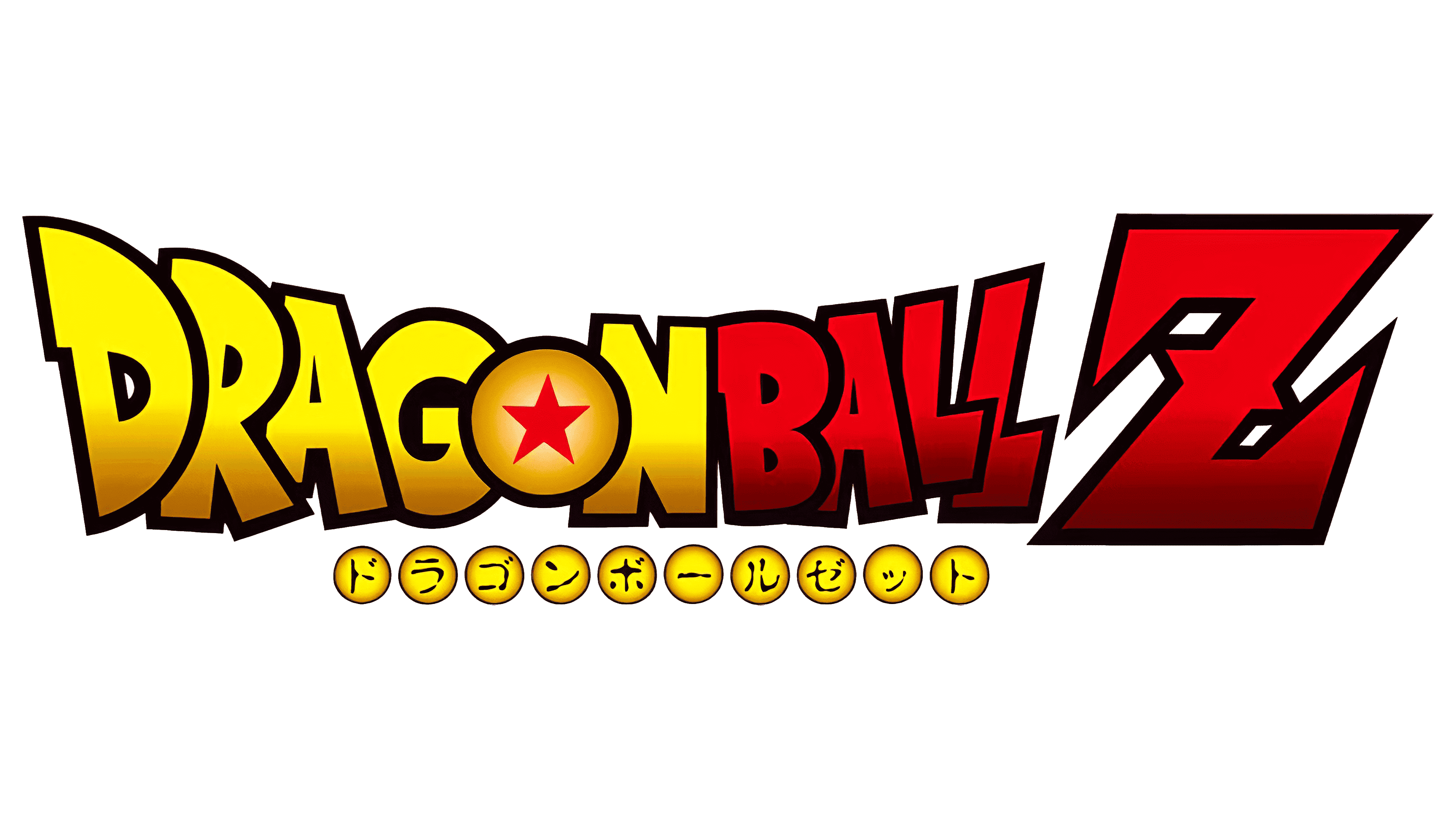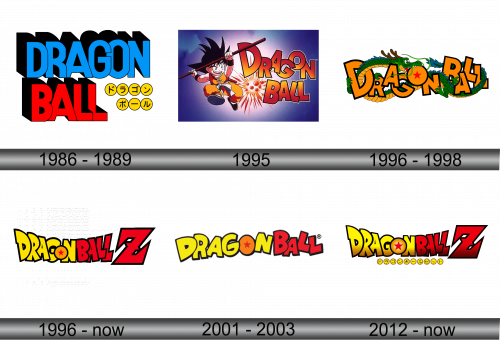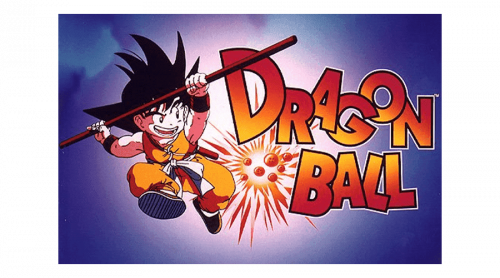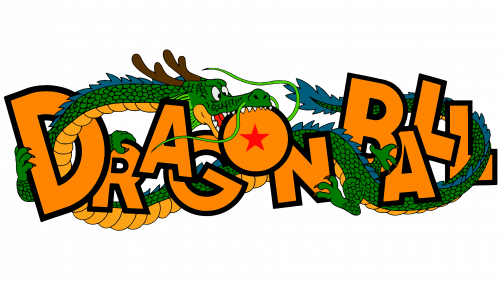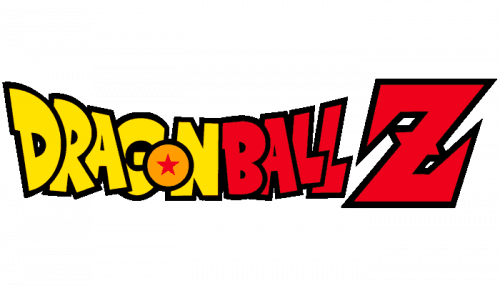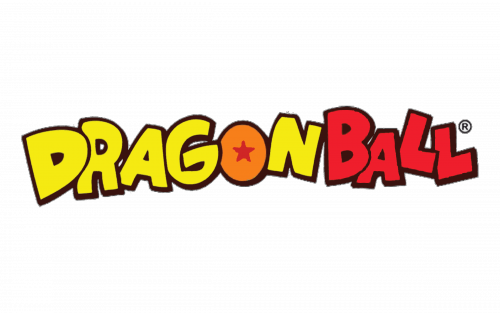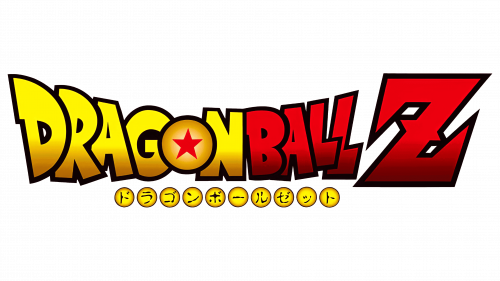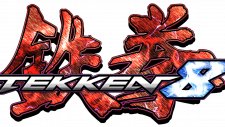Dragon Ball Logo
“Dragon Ball” is a renowned Japanese manga and anime series conceived by Akira Toriyama. It chronicles the adventures of Goku from his childhood through adulthood, exploring themes of friendship, rivalry, and martial arts. The narrative extends from “Dragon Ball” to “Dragon Ball Z”, “Dragon Ball Super”, and more. Beyond print and TV, it’s diversified into films, games, and merchandise. The rights primarily belong to Toei Animation and Shueisha, with Bandai Namco holding significant licensing. This franchise has left an indelible mark on global pop culture, resonating with multiple generations.
Meaning and history
“Dragon Ball” is a captivating manga and anime narrative created by the artistic mind of Akira Toriyama. Originating in Japan in the 1980s, it has since spiraled into a global phenomenon.
The story begins with a young, otherworldly boy named Goku. Possessing a monkey tail and unmatched martial prowess, he encounters Bulma, a tech-savvy girl seeking seven mystical orbs called Dragon Balls. When gathered, they summon a dragon, Shenron, capable of granting a single wish. This initial quest introduces a medley of characters, including the shape-shifting Puar and the desert bandit Yamcha.
As Goku matures, he trains under Master Roshi, competing in the World Martial Arts Tournament against formidable foes like Tien and Chiaotzu. A significant revelation is Goku’s Saiyan origin, an alien race known for their combat capabilities.
The sequel series, “Dragon Ball Z”, delves deeper into Goku’s extraterrestrial roots. He faces off against fellow Saiyans, intergalactic tyrants like Frieza, and bio-engineered beings, including Cell. The story emphasizes the importance of transformation, with Goku and others unlocking Super Saiyan forms, boosting their strength phenomenally.
Parallel to intense battles is the theme of resurrection. Characters often meet their end, only to be revived using the Dragon Balls. This cycle showcases the impermanence of life and the unyielding spirit of the characters.
The narrative also explores Goku’s growth as a father. His son, Gohan, plays a pivotal role, especially in the Cell saga, highlighting the passing of the torch.
“Dragon Ball Super”, a continuation, reintroduces the multiverse concept. Here, Goku and his comrades encounter deities and engage in tournaments against warriors from other universes. The series brings fresh transformations, such as the Ultra Instinct and the Super Saiyan God.
Beyond the main series, the Dragon Ball universe has spawned movies, spin-offs, and merchandise. Characters like Vegeta, Piccolo, and Trunks add depth and diversity, making it a multi-layered tale.
In essence, “Dragon Ball” is not just about high-powered clashes. It’s a saga of friendship, redemption, and the relentless pursuit of improvement. Over the years, its influence has crossed borders, resonating with fans worldwide and engraving its legacy in the annals of pop culture.
1986 – 1989
Among the initial video game emblems inspired by the foundational manga narrative, there exists a distinctive “DRAGON BALL” design spread across two lines. These characters seem to intertwine, each casting a dark silhouette behind. The azure-hued “DRAGON” takes the superior position. Directly beneath, shifted to the left, the title’s concluding segment is showcased. This section dazzles in a fiery crimson hue, and it’s complemented by seven golden orbs, each embossed with unique glyphs. The choice of colors and design intricacies evokes the essence of the original story, capturing its spirit while offering gamers a visual representation of the world they’re about to dive into.
1995
The 1995 makeover unveiled a more dynamic and vibrant logo rendition for Dragon Ball. In this iteration, a specially crafted font was chosen for the logotype, and it was paired with an illustration of Goku, Dragon Ball’s protagonist. The emblem embraced a fiery mix of orange and red hues, beautifully juxtaposed against a gradient backdrop that transitioned from a deep purple to a serene blue. This backdrop breathed new life into the design, making it stand out. The entire composition was a blend of nostalgia and innovation, representing the essence of the Dragon Ball series while giving it a contemporary flair. The colors chosen not only signified the energy and spirit of the series but also made it more appealing to its wide audience.
1996 – 1998
Within the plethora of symbols linked to the renowned Japanese media entity, one emblem stands out: the depiction of a Chinese dragon. In this rendition, the serpentine lunar creature coils around the amber-hued “DRAGON BALL” lettering, capturing the letter “O”, which prominently displays a crimson star at its core. This intertwining of the mythical creature with the title signifies the deep-rooted connection between legends and the narrative of the series. The vibrant contrast between the dragon’s form and the text symbolizes the balance of tradition and modernity inherent in the franchise, illustrating the tale’s expansive universe and its timeless appeal. The choice of colors and design showcases the fusion of adventure, fantasy, and the legacy that the series carries with it.
1996 – Today
Among the widely recognized symbols is the logo for the video game Dragon Ball Z. In this rendition, the franchise’s name stands prominently against a pristine backdrop. The initial duo of words fuse seamlessly, differentiated through a vibrant color scheme: the sunlit yellow graces the left, while a fiery red claims the right. Furthermore, there’s a distinct variation in the stature of the letters, adding a dynamic touch. This design not only encapsulates the energy and spirit of the game but also showcases its uniqueness in a sea of gaming titles. The clever use of colors and typography makes it a memorable emblem, resonating with fans and capturing the essence of the Dragon Ball universe.
2001 – 2003
Unveiled in 2001, the Funimation rendition of the Dragon Ball emblem showcased a radiant fusion of hues: vibrant yellows, fiery reds, and energetic oranges, all framed within a robust black boundary. The word “Dragon” gleamed in a sunny yellow shade, with its “O” painted in zesty orange, housing a crimson pentagram at its heart. On the other hand, the term “Ball” was depicted in a striking blend of red and black, stripped of any additional embellishments. This design choice accentuated the series’ dynamic spirit, harmoniously fusing simplicity with the electrifying energy synonymous with the Dragon Ball universe. The emblem’s boldness unmistakably resonated with fans, reflecting the anime’s adventurous essence.
2012 – Today
In 2012, a revamped logo for Dragon Ball Z emerged. This iteration distinctively featured a dark backdrop with a series of ten golden orbs adorned with hieroglyphs, neatly arranged beneath the title.
Dragon Ball’s diverse offerings, spanning games, movies, and various other media, are unmistakably identifiable by their unique badges. The majority of creatives behind these designs have consistently opted for an engaging and lively aesthetic, targeting its vast fan base. Their efforts certainly bore fruit, as evidenced by the colossal global appeal of the franchise, transcending borders and captivating not just its native Japanese audience but enthusiasts across the globe. The brand’s timeless allure and distinct visual elements have solidified its place in pop culture history.
